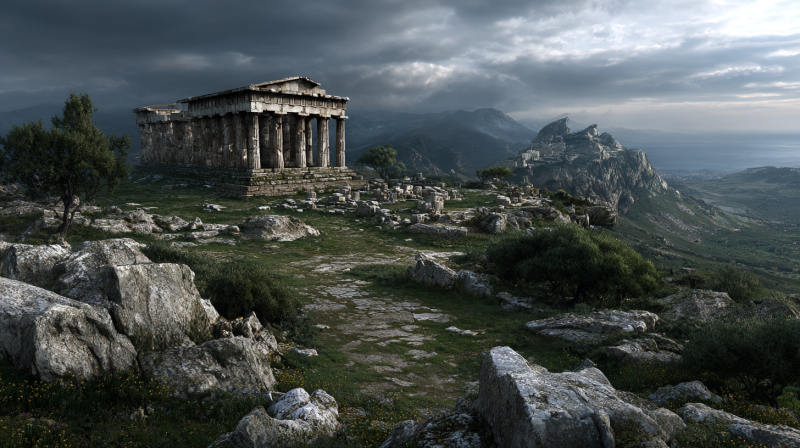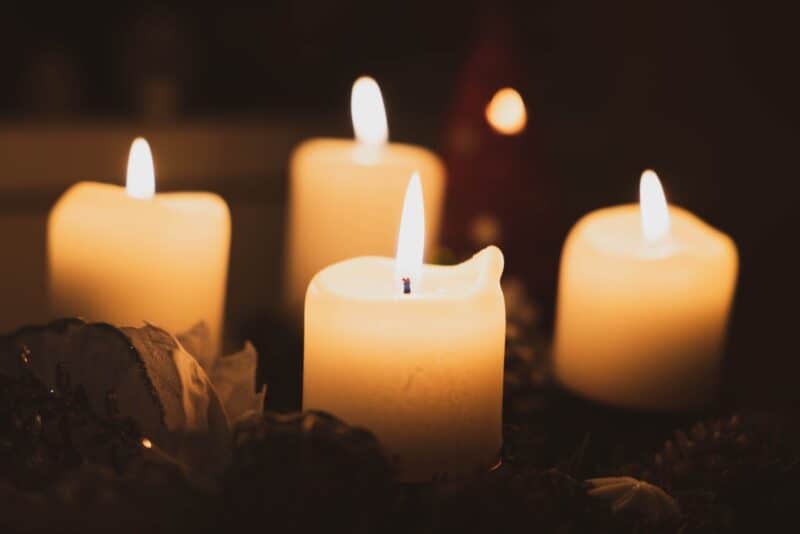People have been burning incense made from fragrant flowers, plants, and herbs for thousands of years. One of the earliest documented ceremonial practices was the burning of incense to offer prayers to the gods. Incense is a potent way to communicate your intentions, whether you’re using it in a religious setting like the Catholic church or a pagan one like a bonfire rite. Herbs, flowers, wood bark, resins, and berries can all be used to produce your own. All but a few of them are free or inexpensive to produce at home or pick up in the woods.
Commercially made incense sticks and cones are readily available, and they’re not prohibitively expensive either. Due to their synthetic composition, they have no magical properties. Although they’re pleasant to burn and have a pleasant aroma, in a ritual situation, they’re really pointless.
Incense—as well as other fragrant products like essential oils and perfumes—have multiple functions. The first is how perfume affects your emotions. Scents have the power to evoke strong feelings in people. Aromatherapists have long understood how particular smells can affect various parts of the senses. Second, different connections can be made with a certain scent or scents in general. The Chantilly scent in a boutique can make you think of your grandmother, who died while you were away at college. When you smell a certain cuisine, you may be transported back to your childhood summers at camp.
Finally, humans perceive smells as vibrations. Plants are no different than any other living thing when it comes to having energy and emitting vibrations. These vibrations alter based on your intentions when you add them to incense. This is why incense is so popular in magic: not only does it make your ritual room smell good, but it also alters the vibration of the air, causing the cosmos to shift.
There are two methods for burning loose incense: either use a charcoal disc or toss it in the fire. You may find packages of charcoal discs at most metaphysical supply stores and church supply stores (a Hispanic Market might be a good bet). When you light the disc with a match, it will spark and glow red, indicating it is lit. Pinch some loose incense on top while it’s glowing, and make sure it’s on a fireproof surface. Toss handfuls into the flames if your ceremony is taking place in front of a large fire.
How to read the recipe:
To be a good cook, you must first gather all of your ingredients together. Bring together your ingredients, your mixing and measuring utensils, your jars and lids, your labels (and a pen), and your mortar and pestle.
The incense recipes are divided into sections. This means that a cup, a tablespoon, or a handful are all equal to one part. If a recipe calls for two portions, use two of your chosen ingredients. If you’re measuring with a cup, one-half part is equal to half a cup; if you’re using a tablespoon, it’s equal to half a tablespoon.
It’s best to blend resins and essential oils together first when manufacturing your own incense. Before adding any bark or berries, pound these in your mortar and pestle until they become sticky. The last thing to add should be any powdery or dried herbs or flowers.



